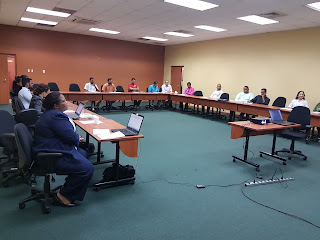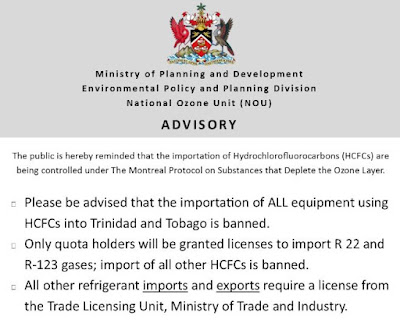The United Nations Environment Economy Division OzonAction Compliance
Assistance Programme hosted the first Inter-Regional Thematic Technical
Workshops and Regional Network Meetings for National Ozone Officers on 15th to
19th January 2018 in Paris, France.
The meeting took
place in the context of the ongoing phase-out of hydrochlorofluorocarbons
(HCFCs) under the HPMPs, and the ambitious Kigali amendment to the Montreal
Protocol to phase-down hydrofluorocarbons (HFCs), which commits parties to
significantly reduce consumption and production of HFCs. The meeting enabled
OzonAction and its implementing partners (UNIDO, UNDP, World Bank and GIZ) to
discuss details of the issues currently facing Montreal Protocol Parties in the
following three thematic areas: HCFC Phase-out commitments and sustaining
compliance with prior targets, the Refrigeration Servicing Sector, and HFC
Phase-down.
The specific topics
addressed included: strategic direction of HPMPs, technology selection and
trends, customs and enforcement, standards and flammable refrigerants,
Refrigeration Servicing Sector, Kigali and HFCs, and policy and legislation.
Through the meeting, regional perspectives on each of these topics were
presented and discussed. Recommendations were also made to help countries
resolve the issues.
Additionally, the experiences of countries within the region in dealing
with the adoption of standards in the Refrigeration and Air Conditioning (RAC)
sector, trade of illegal and unwanted refrigerants, border control and
challenges in acquisition of equipment, were deliberated.
Issues of importance to Trinidad and Tobago included the recommendations
presented on the various thematic areas, the capacity building tools and
materials available for use by the NOU and technicians, the University course
on Refrigerant Management available for adoption, and the opportunity to
internationally recognize deserving customs and enforcement officials or
organizations that have assisted in the implementation of the Montreal
Protocol.
The meeting
embraced a participatory approach, allowing the exchange of experiences,
discussions and co-operation with all countries present, OzonAction, the
Multilateral Fund, implementing agencies and experts.
The Government
of the Republic of Trinidad and Tobago was represented at
the First Inter-Regional Thematic
Technical Workshops and Regional Network Meeting by Mrs.
Krysten Harris, HPMP Monitoring
and Evaluation Assistant.





















